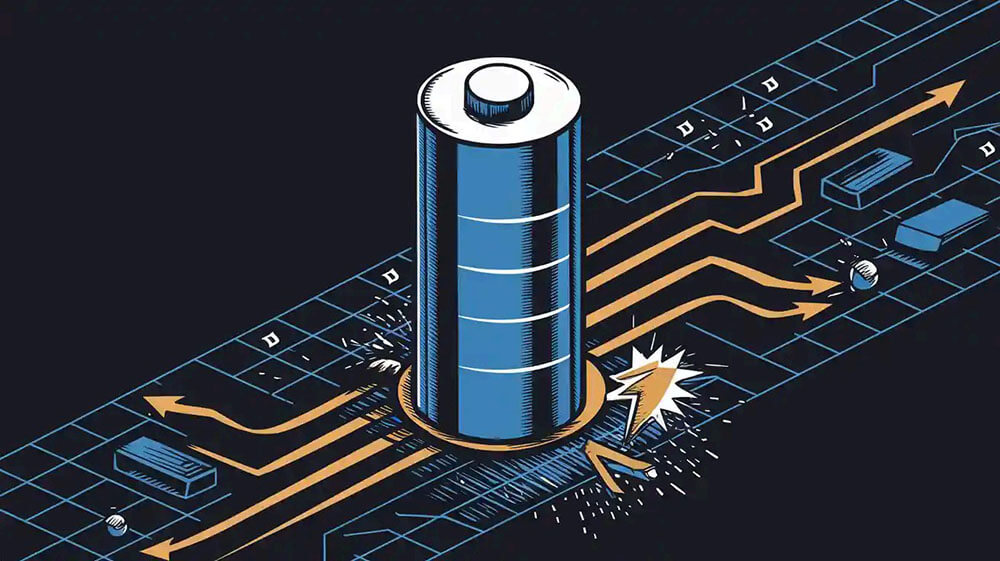
Depth of Discharge about lithium battery (DoD) refers to the percentage of a battery’s capacity that has been utilized compared to its total capacity. A thorough understanding of DoD is crucial for maximizing the performance of lithium batteries in sectors such as medical, robotics, and infrastructure. Effective management of DoD significantly extends battery lifespan, providing dependable energy storage solutions for essential applications.
Key Takeaways
Knowing Depth of Discharge (DoD) helps batteries work better. Using less DoD makes batteries last longer.
Keeping DoD between 20-80% is best for the battery. This range reduces wear and makes it last longer.
Managing DoD well stops batteries from failing early. Don’t drain it too much and keep it cool for good performance.
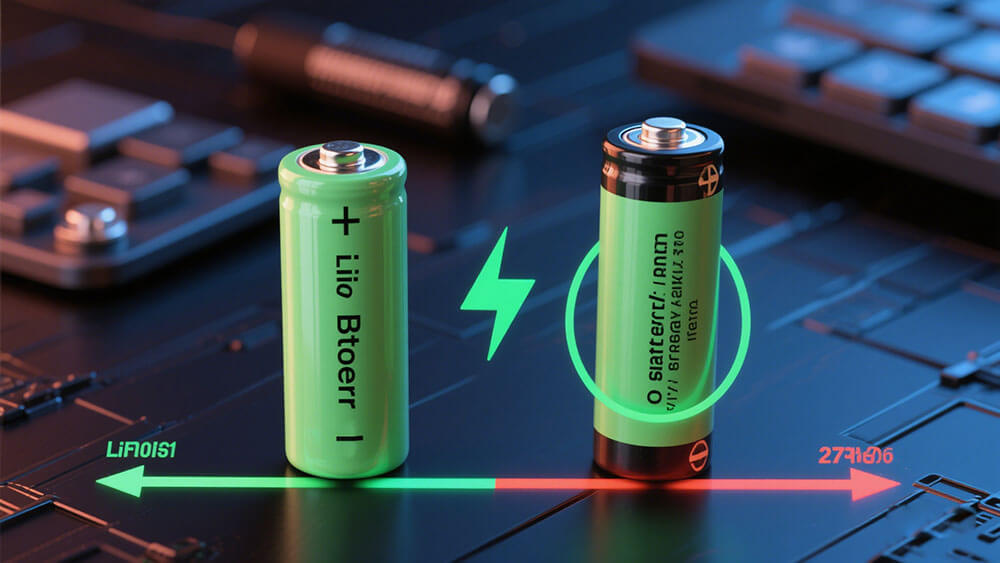
Part 1: Understanding Depth of Discharge About Lithium Battery and Its Relationship to SoC
1.1 What is Depth of Discharge (DoD)?
Depth of discharge about lithium battery (DoD) measures the percentage of a battery’s capacity that has been utilized relative to its total capacity. For instance, if a battery with a total capacity of 100Ah discharges 40Ah, the DoD is 40%. This metric is crucial for understanding how much energy has been consumed and how much remains available for use.
DoD plays a pivotal role in industries like consumer electronics, where devices demand consistent energy output. It also impacts sectors such as industrial automation and security systems, where uninterrupted power is critical.
The relationship between DoD and battery performance is well-documented. For example, research on LiFePO4 Lithium batteries shows that maintaining a lower DoD can significantly extend cycle life. A battery discharged to 20% DoD can achieve up to 2,000 cycles, while one discharged to 100% DoD may only last 300 cycles.
This data underscores the importance of managing DoD effectively to optimize battery longevity and performance.
1.2 How Does DoD Relate to State of Charge (SoC)?
Depth of discharge vs. state of charge (SoC) represents two sides of the same coin. While DoD measures the percentage of energy used, SoC indicates the remaining energy in the battery. For example, a battery with a 30% DoD has a 70% SoC.
Understanding this relationship is vital for applications like infrastructure, where energy storage systems must balance energy consumption and availability. Lithium-ion batteries, known for their high energy density and efficiency, excel in such scenarios.
A comparative analysis highlights the varying tolerances of different battery chemistries to DoD. Lithium-ion batteries can handle 70-90% DoD without significant degradation, unlike lead-acid batteries, which are limited to 30-50%. This flexibility makes lithium-ion batteries ideal for dynamic discharge profiles, such as those in robotics and medical devices.
How lithium-ion batteries outperform traditional chemistries in terms of DoD tolerance and cycle life, making them a preferred choice for high-demand applications.
1.3 Why Is DoD Important for Lithium-Ion Battery Packs?
Managing depth of discharge is critical for maximizing the performance and lifespan of lithium-ion battery packs. Excessive DoD can accelerate battery degradation, reducing its overall cycle life. Conversely, maintaining a moderate DoD ensures optimal performance and longevity.
In industries like medical and transportation, where reliability is paramount, effective DoD management can prevent unexpected failures. For example, a study on aging characteristics of LiFePO4 modules revealed that batteries discharged to 80% DoD experienced a 38% increase in lifespan compared to those subjected to constant current discharge.
Study Focus | Key Findings |
|---|---|
Grid Storage Modes | Quantified the effects of DoD on aging characteristics under various scenarios. |
Dynamic Discharge Profiles | Increased battery lifetime by up to 38% under realistic conditions. |
Aging Characteristics of LiFePO4 | Highlighted the impact of DoD on battery aging over a 16-month period. |
These findings emphasize the importance of balancing DoD to meet operational demands while preserving battery health. For customized solutions tailored to your specific needs, explore our custom battery solutions.
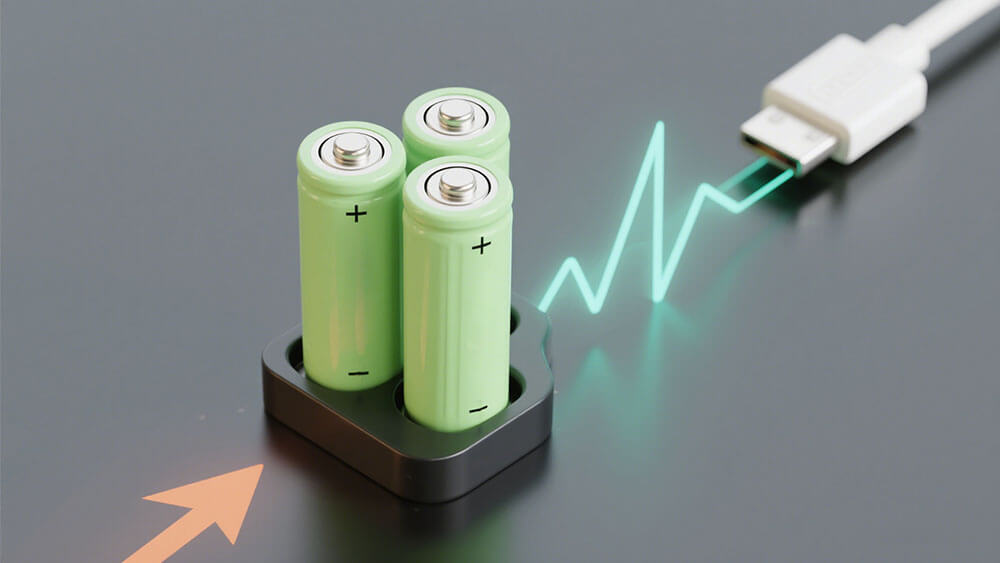
Part 2: The Impact of Depth of Discharge on Lithium-Ion Battery Life and Performance
2.1 How Does DoD Affect Battery Cycle Life?
The depth of discharge directly influences the cycle life of lithium-ion batteries. A higher DoD means the battery discharges more energy during each cycle, which accelerates wear and reduces the total number of cycles the battery can complete. Conversely, maintaining a lower DoD significantly extends the battery’s lifespan.
For example, a lithium-ion battery discharged to 100% DoD may only last 300 cycles. Reducing the DoD to 80% increases the cycle life to 500 cycles. Further reductions to 60% and 40% extend the cycle life to 750 and 1,250 cycles, respectively. At just 20% DoD, the battery achieves an impressive 2,500 cycles.
Depth of Discharge (DoD) | Cycle Life (Number of Cycles) |
|---|---|
20% | 2,500 |
40% | 1,250 |
60% | 750 |
80% | 500 |
100% | 300 |
This relationship highlights the importance of managing DoD effectively,where battery reliability is critical.
2.2 The Role of DoD in Battery Degradation
Depth of discharge also plays a significant role in battery degradation. Each discharge cycle contributes to the gradual loss of capacity, but the rate of degradation depends on the DoD. Higher DoD levels cause more stress on the battery’s internal components, accelerating chemical reactions that degrade the electrodes and electrolyte.
A comprehensive study of over 3 billion data points from 228 commercial NMC Lithium batteries revealed that cyclic aging is heavily influenced by DoD. Batteries subjected to higher DoD levels experienced faster growth of the solid electrolyte interphase (SEI) layer and increased lithium plating. These factors reduce the battery’s ability to store and deliver energy efficiently.
Aspect | Description |
|---|---|
Dataset Size | Over 3 billion data points from 228 commercial NMC/C+SiO lithium-ion cells aged for more than a year. |
Measurement Frequency | Measurement logs with two-second resolution. |
Aging Mechanisms Studied | Calendar and cyclic aging, including effects of depth of discharge (DoD). |
Applications | Modeling battery degradation, optimizing operating strategies, and testing algorithms. |
Key Factors Influencing Aging | SEI growth and lithium plating, both influenced by SoC and temperature. |
In applications like infrastructure and security systems, where batteries operate under varying conditions, understanding these degradation patterns is essential for maintaining performance and safety.
2.3 Balancing DoD for Optimal Performance in Lithium Battery Packs
Balancing the depth of discharge is crucial for optimizing the performance and longevity of lithium battery packs. By maintaining a moderate DoD, you can achieve a balance between energy availability and battery health. For instance, actively regulating cell voltages during charging and discharging prevents overuse and ensures even energy distribution across the battery pack.
Methodology | Description | Impact on Performance |
|---|---|---|
Charging Balance | Actively regulates cell voltages during charging to prevent overcharging and maintain SOC consistency. | Enhances efficiency and safety of the battery pack. |
Discharging Balance | Corrects cellular imbalances during inactivity and discharge to ensure even discharge across cells. | Increases overall efficiency and durability. |
In industries like consumer electronics and industrial automation, where energy demands fluctuate, balancing DoD ensures consistent performance. For customized solutions tailored to your specific needs, explore our custom battery solutions.
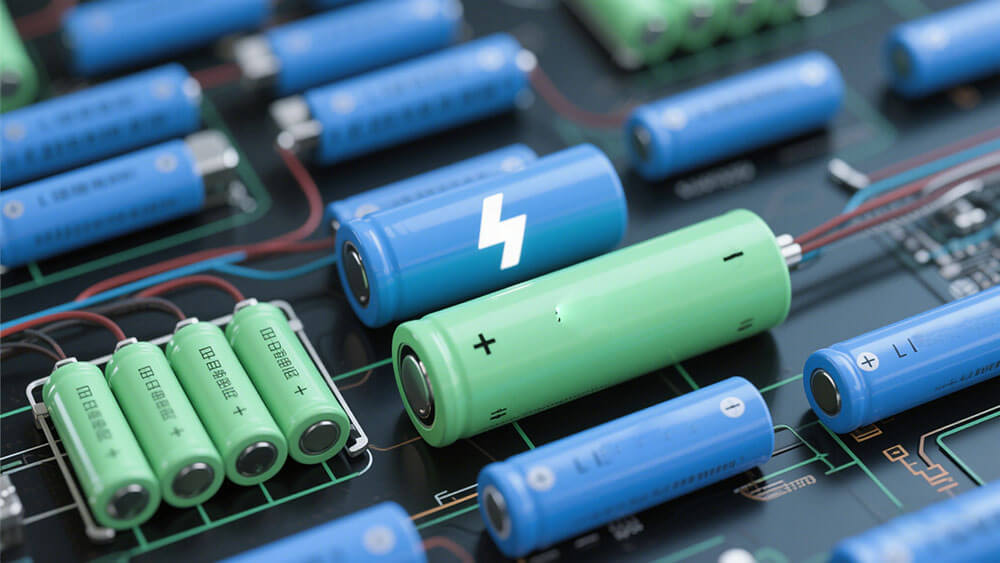
Part 3: Calculating Depth of Discharge and Comparing Battery Types
3.1 How to Calculate Depth of Discharge (Step-by-Step)
To calculate depth of discharge, you need to determine the percentage of energy used relative to the total battery storage capacity. Follow these steps:
Measure the Energy Consumed: Use a battery management system (BMS) or energy meter to record the energy discharged from the battery.
Identify the Total Capacity: Refer to the battery’s specifications to find its total capacity, typically measured in ampere-hours (Ah) or kilowatt-hours (kWh).
Apply the Formula: Divide the energy consumed by the total capacity and multiply by 100 to express it as a percentage.
For example, if a battery with a total capacity of 10 kWh discharges 4 kWh, the depth of discharge percentage is:(4 kWh ÷ 10 kWh) × 100 = 40%
Accurately calculating depth of discharge helps you monitor battery performance and optimize its lifespan, especially in applications like medical devices or robotics, where reliability is critical.
3.2 Comparing DoD in Lithium-Ion vs. Lead-Acid Batteries
Lithium-ion batteries offer a higher depth of discharge capacity compared to lead-acid batteries. This difference significantly impacts their usable energy and efficiency.
Battery Type | Depth of Discharge (DoD) | Usable Capacity (5kWh) |
|---|---|---|
Lead-Acid | ≤ 50% | 2.5 kWh |
Lithium-Ion | ≥ 85% | 4.25 kWh |
Lithium-ion batteries, with their higher DoD tolerance, provide more usable energy, making them ideal for industries like infrastructure and industrial automation. In contrast, lead-acid batteries require frequent recharging to avoid damage, limiting their efficiency in high-demand scenarios.
3.3 Factors That Influence DoD, Such as Temperature and Usage Patterns
Several factors affect the depth of discharge vs. battery capacity, including temperature, cycling conditions, and discharge rates.
Measured Factor | Effect on Battery Performance |
|---|---|
Temperature | Elevated temperatures accelerate degradation, while low temperatures reduce performance. |
Depth of Discharge (DoD) | Higher DoD increases material dissolution, impacting capacity and longevity. |
Cycling Conditions | Frequent cycling at lower DoD can be more detrimental than using the full capacity range. |
Battery performance decreases at low temperatures and high discharge rates.
Higher temperatures improve performance but may accelerate degradation.
Understanding these factors allows you to manage DoD effectively, ensuring optimal performance in applications like consumer electronics and security systems. For tailored solutions, explore our custom battery solutions.
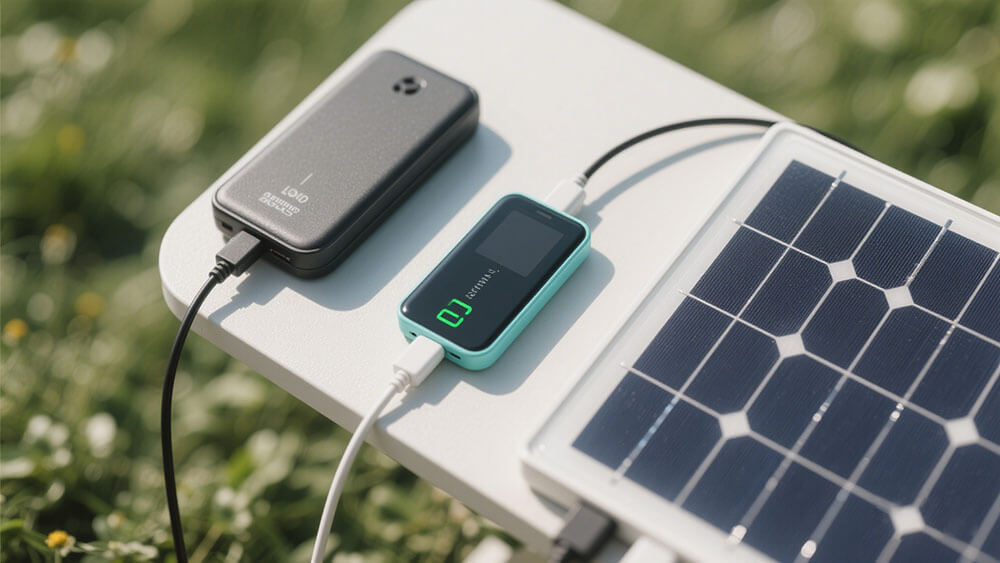
Part 4: Practical Recommendations for Managing Depth of Discharge in Lithium Battery Packs
4.1 Best Practices for Optimizing DoD in Lithium Battery Packs
To optimize the depth of discharge in lithium battery packs, you should follow industry-recommended practices. These strategies not only enhance battery performance but also extend its lifespan:
Avoid fully discharging the battery. Draining it below 25% can significantly impact its capacity and longevity.
Recharge the battery promptly after a full discharge, ensuring it remains above 25%.
Maintain charge levels between 20-80%. This range minimizes stress on lithium-ion cells and reduces the growth of the solid-electrolyte interface (SEI) layer, preserving capacity.
For solar energy systems, prioritize shallow cycles (10-15% depth) during daily use. Reserve deeper discharges for emergencies to prevent unnecessary wear.
These practices are particularly critical in industries like medical and robotics, where reliable energy storage is essential for uninterrupted operations.
4.2 Common Mistakes to Avoid When Managing DoD
Mismanaging the depth of discharge can drastically reduce battery life. One common mistake is allowing frequent deep discharges. This accelerates chemical degradation and shortens the cycle life.
The relationship between depth of discharge and cycle life is logarithmic. A battery discharged to 100% DoD may last only two cycles at 50% DoD, but up to 100 cycles at 1% DoD. Improper DoD management can lead to premature battery failure.
Another error is neglecting temperature control. High temperatures can exacerbate degradation, while low temperatures reduce performance. Avoid exposing batteries to extreme conditions to maintain their efficiency.
4.3 Industry Standards and Guidelines for DoD in Lithium Batteries
Industry standards emphasize maintaining the average recommended depth of discharge to ensure optimal performance. For lithium-ion batteries, the maximum recommended DoD typically ranges between 70-90%. This flexibility makes them ideal for applications in infrastructure and industrial automation, where energy demands fluctuate.
Organizations like IEEE and IEC provide guidelines for DoD management, focusing on balancing energy availability with battery health. Adhering to these standards ensures safety and efficiency in critical applications. For tailored solutions that meet industry requirements, explore our custom battery solutions.
Depth of discharge (DoD) defines the percentage of energy used from a battery’s total capacity. Calculating DoD helps you monitor battery performance and optimize its lifespan.
Managing DoD effectively ensures reliable performance in industries like medical, robotics, and infrastructure. Monitor and optimize DoD to maximize battery efficiency. Explore custom battery solutions for tailored energy storage systems.
FAQ
1. What is the ideal Depth of Discharge (DoD) for lithium-ion batteries?
Maintaining a DoD between 20-80% ensures optimal performance and longevity for lithium-ion batteries, especially in critical applications like medical and robotics.
2. How does DoD affect battery lifespan?
Higher DoD accelerates degradation, reducing cycle life. For example, a 100% DoD may yield 300 cycles, while 20% DoD can exceed 2,000 cycles.
3. Can Large Power provide custom battery solutions for specific DoD requirements?
Yes, Large Power offers tailored battery solutions to meet unique energy storage needs across industries like infrastructure and industrial automation.






